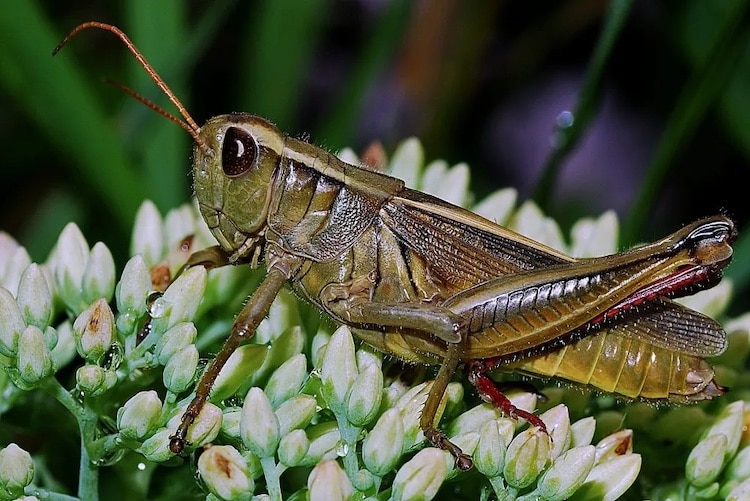Understanding the Grasshopper Threat
As a seasoned horticulturalist, I’ve seen firsthand the devastation grasshoppers can wreak on a beautiful flower garden. These seemingly innocuous insects can quickly transform lush foliage into a tattered mess. Understanding their lifecycle and feeding habits is the first crucial step in learning how to get rid of grasshoppers in your flower garden effectively.
Grasshoppers are most active during the warmer months, typically from late spring through early fall. They are voracious eaters, consuming a wide variety of plants, and their populations can explode under favorable conditions. Early detection and intervention are key to preventing significant damage.
Natural and Organic Control Methods
Fortunately, there are many natural and organic methods you can employ to control grasshopper populations without resorting to harsh chemicals. These methods are not only safer for your plants and the environment but also help maintain a healthy ecosystem in your garden.
- Handpicking: A simple but effective method, especially for small infestations. Simply remove the grasshoppers by hand and dispose of them.
- Neem Oil: A natural insecticide derived from the neem tree. It disrupts the grasshoppers’ feeding and molting processes.
- Diatomaceous Earth (DE): A naturally occurring powder made from fossilized diatoms. It’s abrasive to grasshoppers’ exoskeletons, causing them to dehydrate and die.
- Introduce Natural Predators: Birds, frogs, and certain insects like praying mantises are natural predators of grasshoppers. Encourage their presence in your garden.
Creating a Grasshopper-Unfriendly Environment
One of the best ways to prevent grasshopper infestations is to create an environment that is less attractive to them. This involves a combination of cultural practices and plant selection.
Plant Selection
Some plants are naturally more resistant to grasshopper damage than others. Consider incorporating these into your garden design:
- Lavender
- Sage
- Rosemary
- Marigolds
Cultural Practices
Maintaining a healthy and well-maintained garden can also deter grasshoppers:
- Remove weeds: Weeds provide a food source for grasshoppers, so keep your garden free of them.
- Water deeply and infrequently: This encourages strong root growth, making plants more resilient to pest damage.
- Till the soil in the fall: This exposes grasshopper eggs to the elements, reducing their survival rate.
When to Consider Chemical Control (As a Last Resort)
While natural and organic methods are generally preferred, there may be situations where chemical control is necessary to prevent significant damage. However, it’s crucial to use these products responsibly and sparingly.
If you choose to use chemical insecticides, select products that are specifically labeled for grasshopper control and follow the instructions carefully. Consider using targeted applications to minimize the impact on beneficial insects.
Remember, chemical control should be a last resort, and it’s always best to prioritize natural and organic methods whenever possible. Understanding how to get rid of grasshoppers in your flower garden is a multifaceted approach, and chemical control is only one piece of the puzzle.






